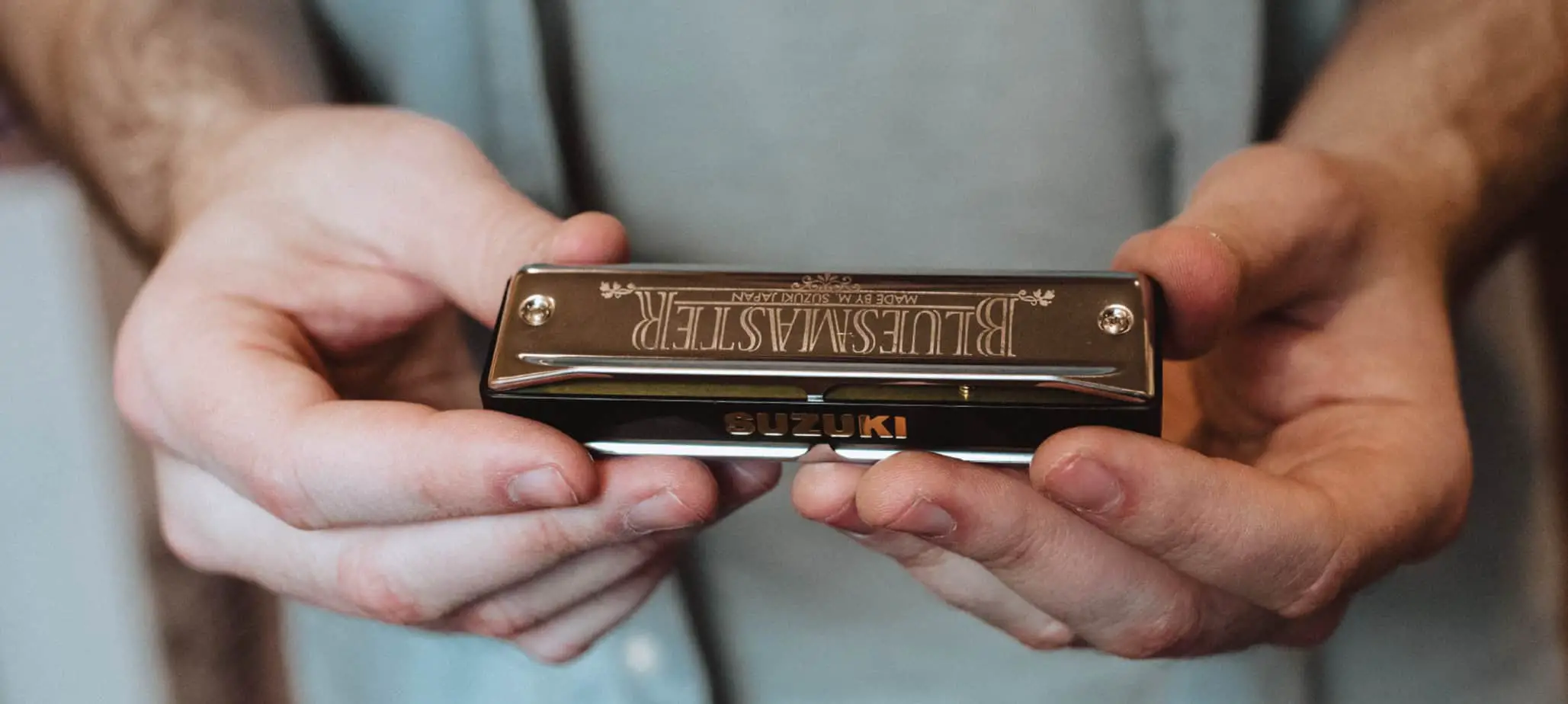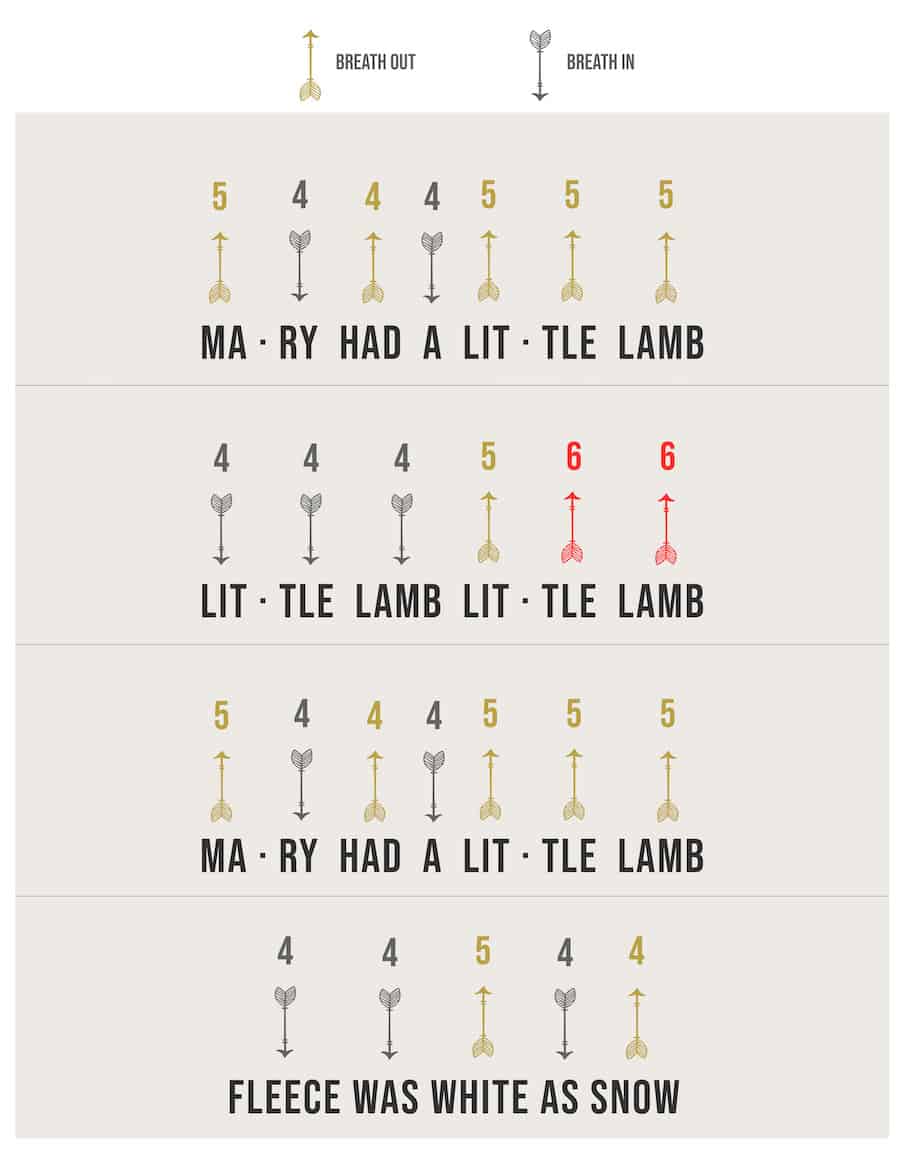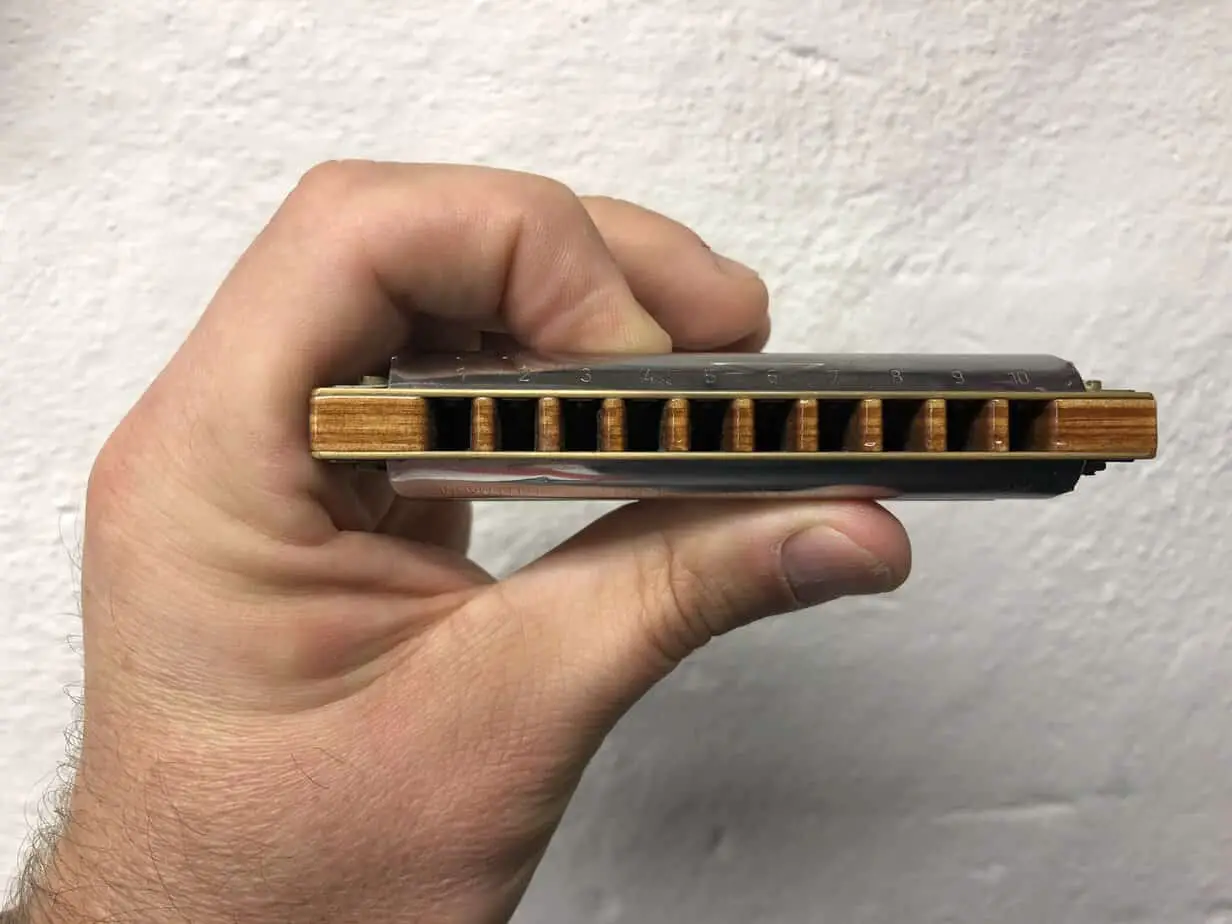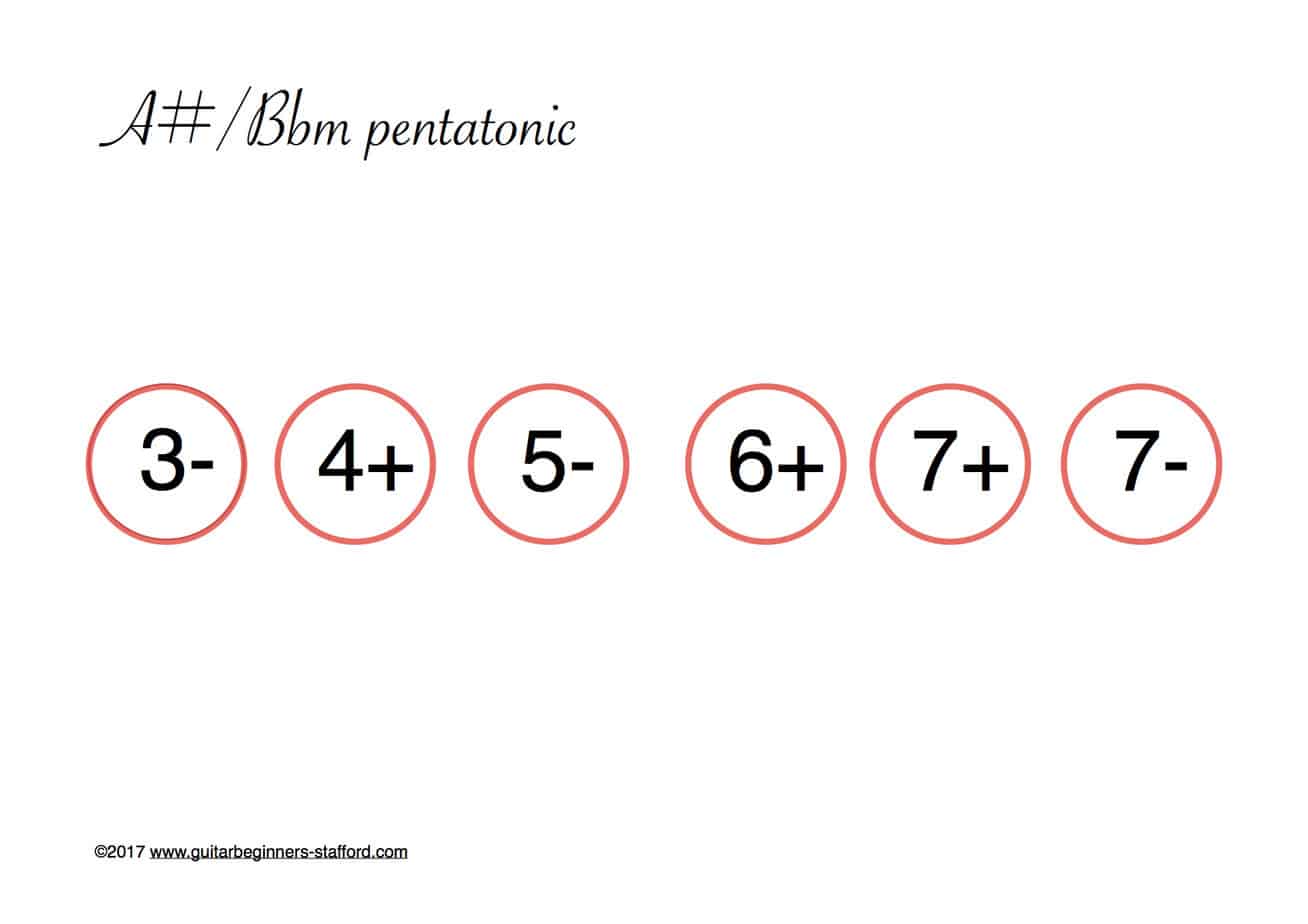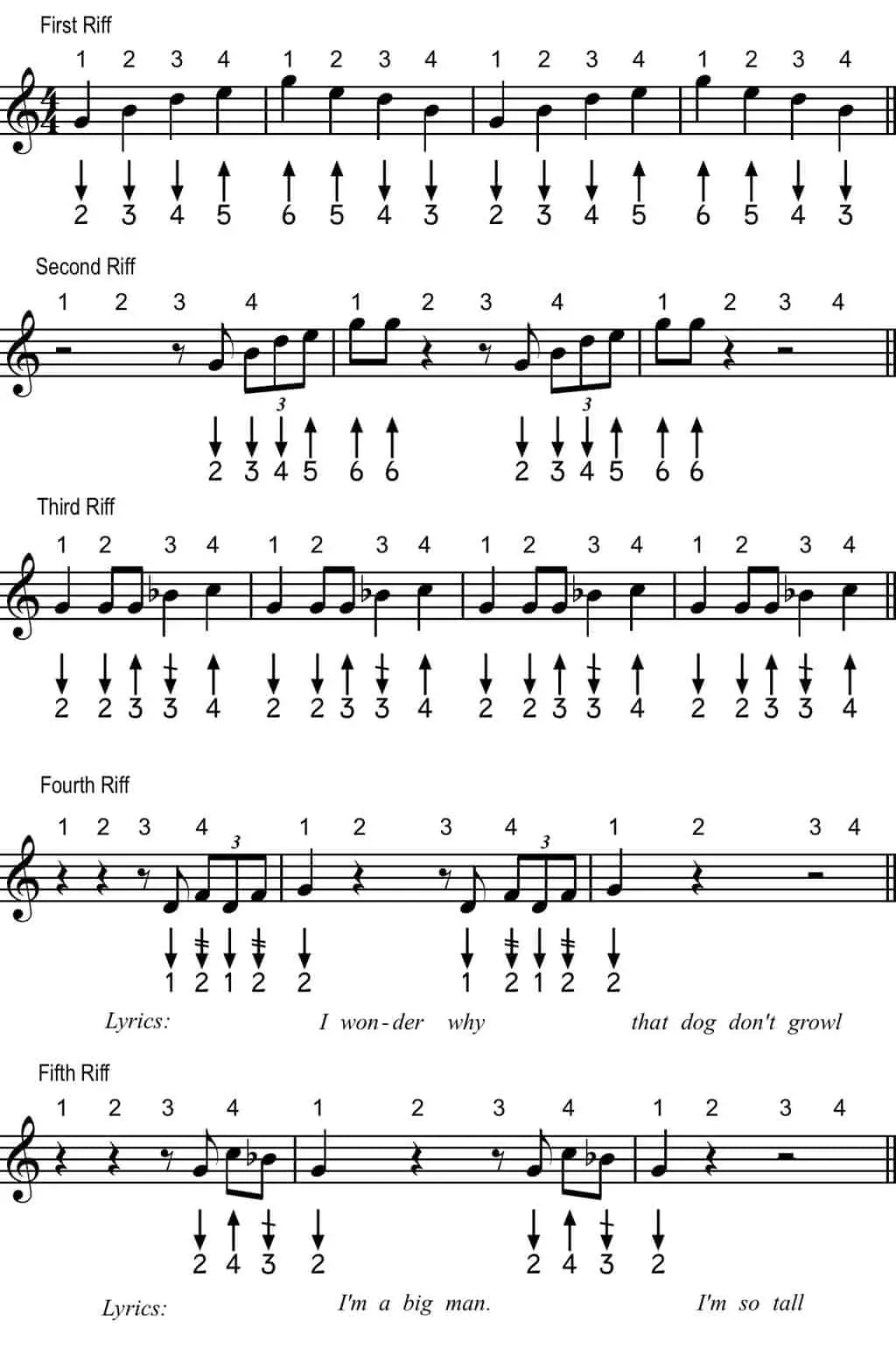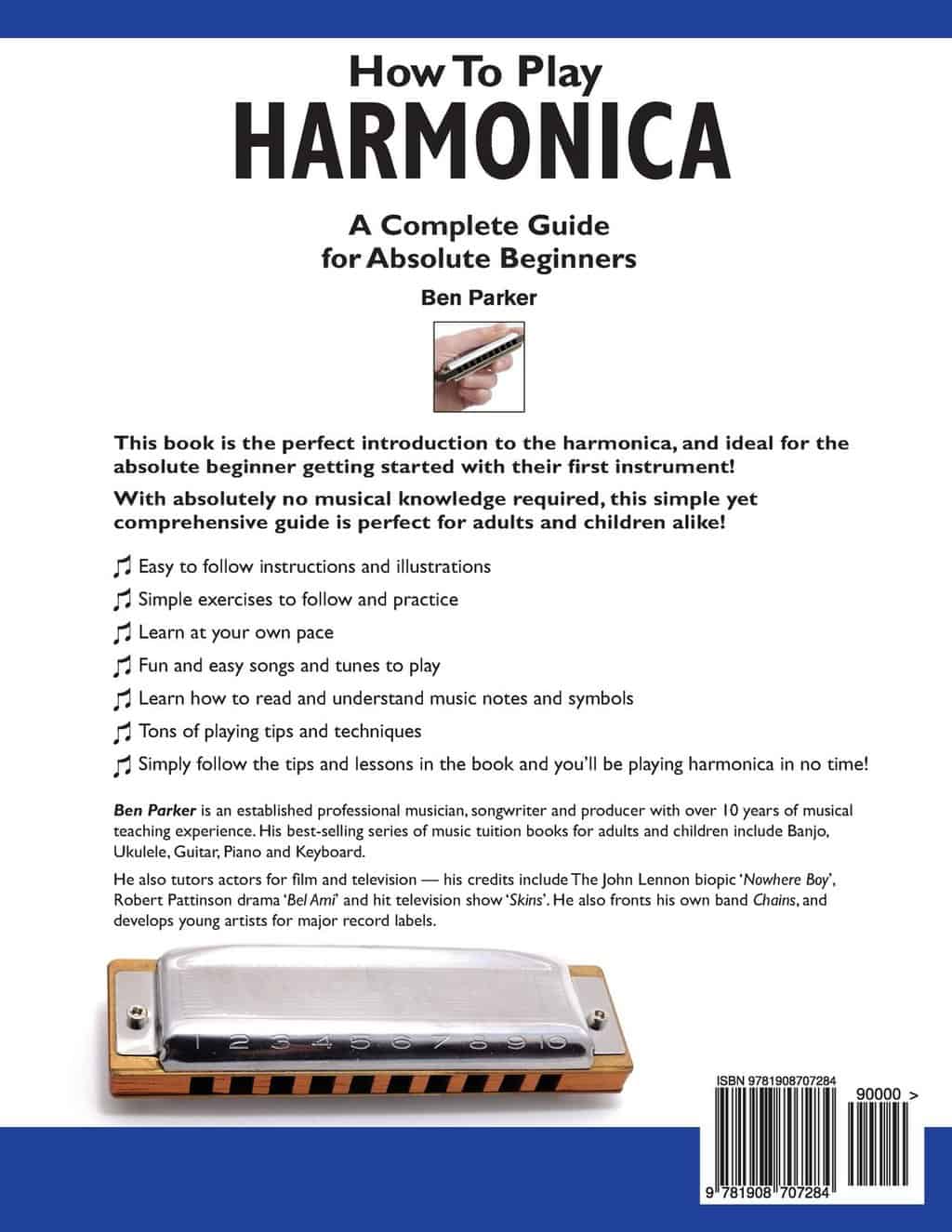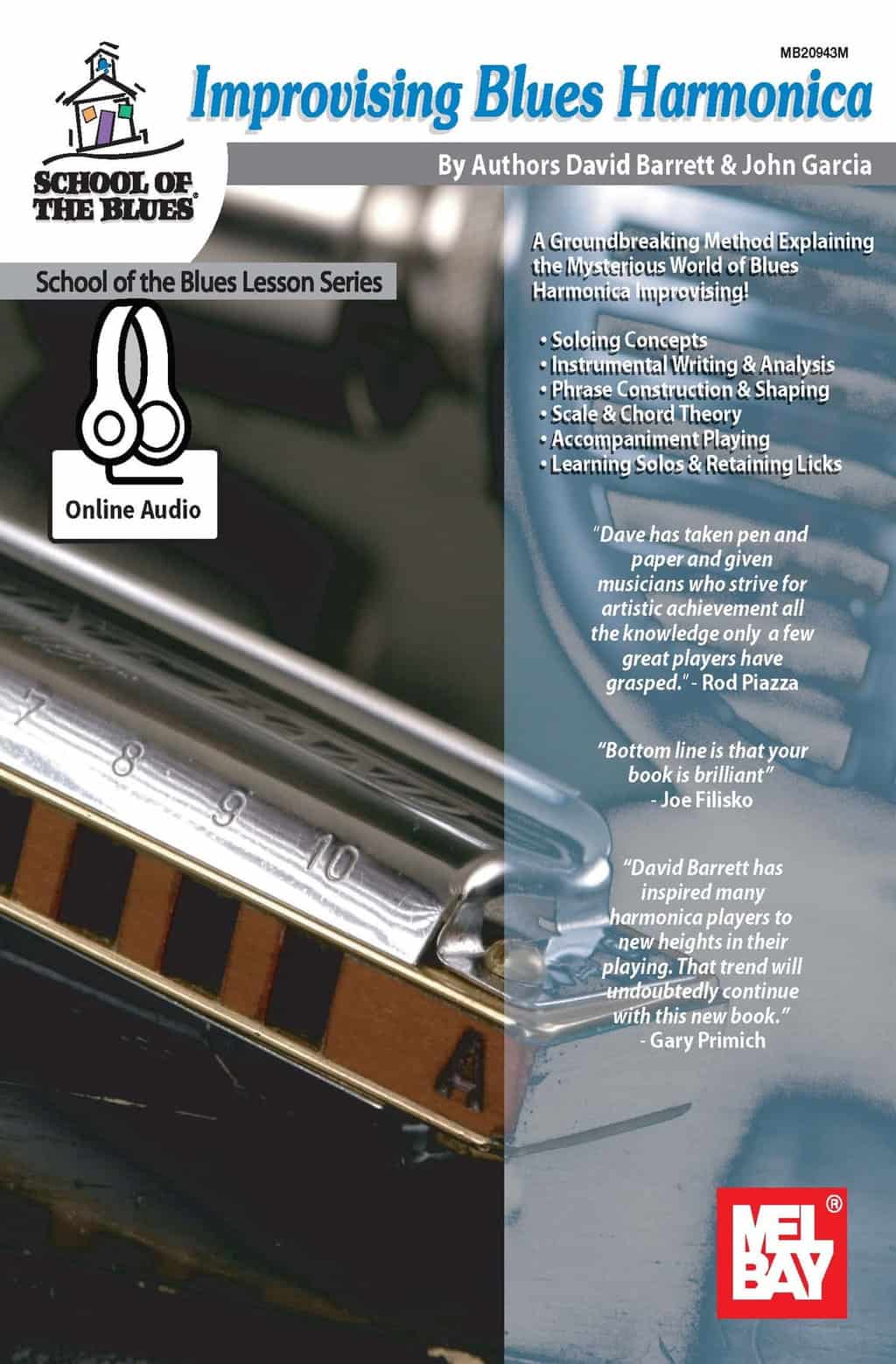As a beginner, I’m excited to learn how to play harmonica. After all, the harmonica is an incredibly versatile instrument that can be used for a wide variety of genres, from jazz to blues to country. In this easy guide, I’ll show you the basics of how to play harmonica and provide some tips and tricks to help you get started. With a bit of practice, you’ll soon be playing your favorite tunes on the harmonica. Let’s get started!
Materials Needed
| Item | Description |
|---|---|
| Harmonica | A ten-hole diatonic harmonica in the key of C is the ideal choice for beginners. |
| Harmonica holder | A harmonica holder is an optional accessory that can help keep the harmonica steady and comfortable. |
| Harmonica instructional book | A book that provides clear instructions on how to play the harmonica. |
| Harmonica Tablature | A chart that shows the notes, chords, and scales that make up each song. |
Parts of a Harmonica
- Comb – The comb is the main body of the harmonica, made of wood, plastic, or metal.
- Reeds – Reeds are metal plates located on either side of the comb. They are the parts that vibrate when you blow into the harmonica.
- Cover plates – Cover plates are metal plates that cover the reeds. They provide protection for the reeds and can also be used to change the sound of the harmonica.
- Mouthpiece – The mouthpiece is the part of the harmonica that you blow into. It is usually made of plastic or metal.
- Buttons – Buttons are used to open and close the reeds on the harmonica. They are usually made of metal or plastic.
Holding and Blowing Techniques
- Place the harmonica in between your lips, making sure not to bite down.
- Put your lips and tongue slightly over the reeds of the harmonica.
- Blow air through the harmonica in short bursts.
- Draw your breath back in through the harmonica in short bursts.
- Move your tongue and lips to create different sounds.
- Try different combinations of blowing and drawing to get familiar with the sound.
Playing Scales
- Start with the C Major diatonic scale. This is the most basic of all harmonica scales. It consists of seven notes: C, D, E, F, G, A, and B.
- To form the scale, start with the note C, then play each of the other six notes. Make sure to play each note for an equal amount of time.
- Then play the same sequence in reverse. Start with the note B and go down to the note C.
- Repeat the exercise several times until you are comfortable with the scale.
- Once you are comfortable with the C Major scale, you can move on to other scales, such as A Minor and D Minor.
- When playing scales, it’s important to practice with a metronome. This will help you keep a steady tempo and ensure that you are playing the notes at the right speed.
- Finally, practice playing the different scales in different keys. This will help you become more familiar with the harmonica and give you a better understanding of how the instrument works.
Playing Chords
Chords are a combination of notes, typically three or more, played simultaneously. When playing chords on the harmonica, the player must simultaneously press down multiple holes with one hand, while blowing and/or drawing air with the other. Holes 1, 2 and 3 are the most common starting point for chords, with holes 4, 5 and 6 also being used. To play a chord, press down all the holes simultaneously with one hand, while blowing and/or drawing air at the same time with the other. Chords can be played in various combinations and each has a unique sound. Experiment with different combinations to find the chords that best suit your style of playing.
Playing Tunes
- Choose a tune to play. Make sure it is within your skill level.
- Practice the notes before attempting to play the tune. Memorize the notes of the tune.
- Familiarize yourself with the tempo, rhythm and dynamics of the tune.
- Practice the tongue blocking technique. This is essential for playing tunes smoothly.
- Hold the harmonica in your mouth and blow and draw the notes of the tune.
- Listen to the sound and make sure you are playing the correct notes.
- Practice the tune slowly and gradually speed it up.
- Continue to practice until you can play the tune without any mistakes.
Improvising
- Listen to different types of music to get ideas and inspiration.
- Learn the basics of music theory, such as scales and chords.
- Choose a key and scale to improvise in.
- Practice playing by ear.
- Experiment with playing different notes and rhythms.
- Think about the musical mood you want to create.
- Find new ways to combine notes and chords.
- Listen back to your improvisations and identify areas for improvement.
Tips for Learning
| Tip | Explanation |
|---|---|
| Start Small | Begin with simple songs and single notes. Practice until you can play them perfectly. |
| Listen | Listen to your favorite songs and try to mimic the notes. You can learn a lot from listening. |
| Practice Regularly | Consistent practice helps you improve your skills faster. Set aside time each day to practice. |
| Record Yourself | Record yourself playing, then listen back to evaluate your performance. This will help you identify areas to work on. |
| Seek Feedback | Get feedback from more experienced players, or take harmonica lessons from a qualified teacher. |
Frequently Asked Questions
What supplies do I need to start playing the harmonica?
To start playing the harmonica you will need a harmonica, preferably a diatonic harmonica in the key of C. It is also worth investing in a harmonica holder to free both hands while playing. You may want to purchase a harmonica cleaning kit and a carrying case to keep your instrument safe from dirt and damage. Finally, if you plan on playing in a band, you may need an amplifier.
How do I read harmonica tabs?
Harmonica tabs are a system of writing down harmonica music using numbers, letters, and symbols. Each number, letter, or symbol represents a single note, and the order of the notes is read from left to right. To read harmonica tabs, start by looking at the key signature at the top of the page, which tells you what key the song is in. Then, look for the note and tab lines, which indicate the different notes in the song. Finally, read the tab from left to right to play the notes in the correct order.
What techniques should I learn first when starting to play the harmonica?
The most important techniques to learn when starting to play the harmonica are the basics of blowing and drawing, single notes, bending and trills. Blowing and drawing are the two main ways of playing the harmonica and are essential for producing a range of sounds. Single notes involve playing single notes in the correct pitch and volume. Bending is the technique of producing notes not found on the harmonica by pushing and pulling air from the reed and altering the pitch of a note. Trills involve playing two notes quickly after each other in rapid succession. Learning these techniques will provide the foundation for further development of harmonica playing.
What are some tips for learning how to play the harmonica quickly?
Practice regularly and consistently. Start by mastering the basics – learn the individual notes and scales, and practice them until you can play them smoothly. Listen to as much harmonica music as you can find and try to replicate the sounds you hear. Experiment with different rhythms and songs to find the style that works for you. Work on developing your own style, and look for opportunities to play with others.
Are There Any Specific Songs That Are Good For Beginner Harmonica Players?
Good songs for beginner harmonica players vary depending on skill level and musical preferences. However, there are some classic harmonica tunes that are suitable for beginners. Songs like “Oh Susanna,” “When the Saints Go Marching In,” “Greensleeves,” “My Bonnie Lies Over the Ocean,” and “Twinkle Twinkle Little Star” are easy to learn and provide a great foundation for further exploration of the harmonica. Additionally, some traditional folk tunes, such as “Shenandoah” and “Red River Valley,” are excellent for learning the basics of the harmonica. For those looking for more contemporary tunes, songs such as “Wish You Were Here” by Pink Floyd and “Hallelujah” by Leonard Cohen can be adapted to the harmonica.
Conclusion
Practicing harmonica regularly is the key to becoming a great harmonica player. Start with the basics and gradually increase the speed and complexity of your playing. Experiment with different techniques and styles to find what works best for you. With dedication and hard work, you can learn to play harmonica and become an expert in no time.

